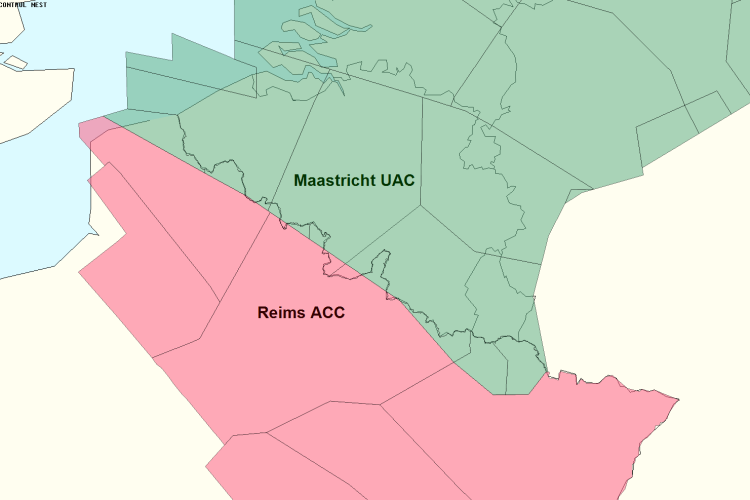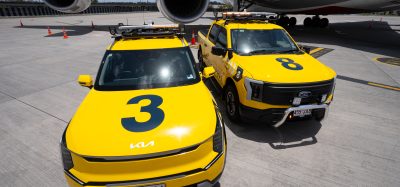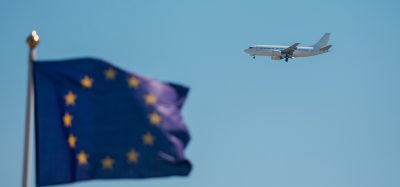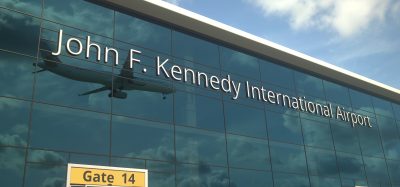EUROCONTROL’s MUAC and Reims ACC redesign airspace boundary to improve traffic flow and efficiency
- Like
- Digg
- Del
- Tumblr
- VKontakte
- Buffer
- Love This
- Odnoklassniki
- Meneame
- Blogger
- Amazon
- Yahoo Mail
- Gmail
- AOL
- Newsvine
- HackerNews
- Evernote
- MySpace
- Mail.ru
- Viadeo
- Line
- Comments
- Yummly
- SMS
- Viber
- Telegram
- Subscribe
- Skype
- Facebook Messenger
- Kakao
- LiveJournal
- Yammer
- Edgar
- Fintel
- Mix
- Instapaper
- Copy Link
Posted: 23 January 2025 | Gabriel Higgins | No comments yet
The redesigned airspace boundary between MUAC and Reims ACC enhances flight routing, reduces complexity, and improves efficiency, benefiting both operational performance and the environment.


Updated map. Credit: EUROCONTROL
EUROCONTROL’s Maastricht Upper Area Control Centre (MUAC) and Reims Area Control Centre (ACC) have redesigned their airspace boundary, improving air traffic management in one of Europe’s busiest regions. The new boundary aligns with traffic flow instead of national borders, enabling more direct routes, reducing complexity, and easing air traffic controller workloads.
This change increases ATC capacity and allows airlines to plan shorter, more efficient flights. The updated routing also offers environmental benefits by reducing fuel consumption and emissions, marking a significant step toward more sustainable air navigation.
“As the only cross-border, civil-military air navigation service provider in Europe, we are an example of the efficiencies that can be gained when airspace boundaries align with traffic flows rather than national borders. This project serves as an example of bilateral collaboration for the benefit of the overall network,” said Peggy Devestel, Director of EUROCONTROL MUAC.
“This upper airspace design is the result of several years of work. By optimizing our interface with MUAC, Reims ACC will be able to improve the operational and environmental performance of flights for the benefit of the whole European network. A new stage in our commitment to modernization which reinforces the key role of Reims ACC!” explained Estelle Le Guilcher, Head of Reims ACC (DSNA).
The major boundary redesign has been delivered as part of the Central High Project, which is an on-going FABEC project chaired by MUAC, to improve sector interfaces between surrounding air traffic control centres.
“The delivery of this project was only possible due to the close and productive collaboration with the DSNA, the French Air Navigation Service Provider and I would like to thank them as well as skeyes, the Civil Aviation Authorities and all other partners who were involved for their contribution,” Devestel added.
Enjoy International Airport Review’s content?
Sign up to our weekly newsletter to ensure you stay in the know about the latest airport news and thought leadership articles and interviews.
Related topics
Air traffic control/management (ATC/ATM), Airspace modernisation, Digital transformation, Emissions, Operational efficiency, Sustainability
Related organisations
EUROCONTROL, Maastricht Upper Area Control Centre (MUAC), Reims Area Control Centre (ACC)


















